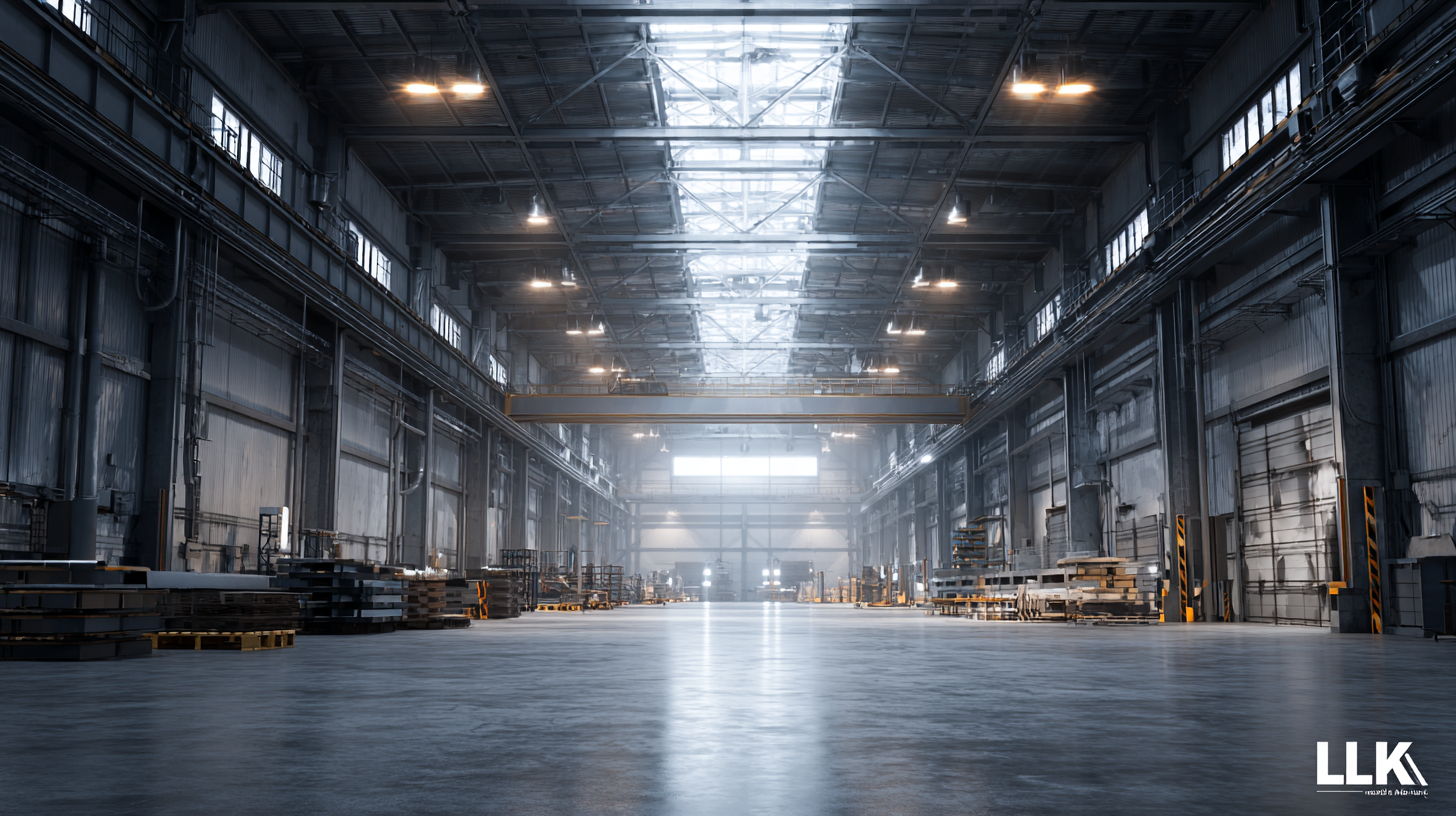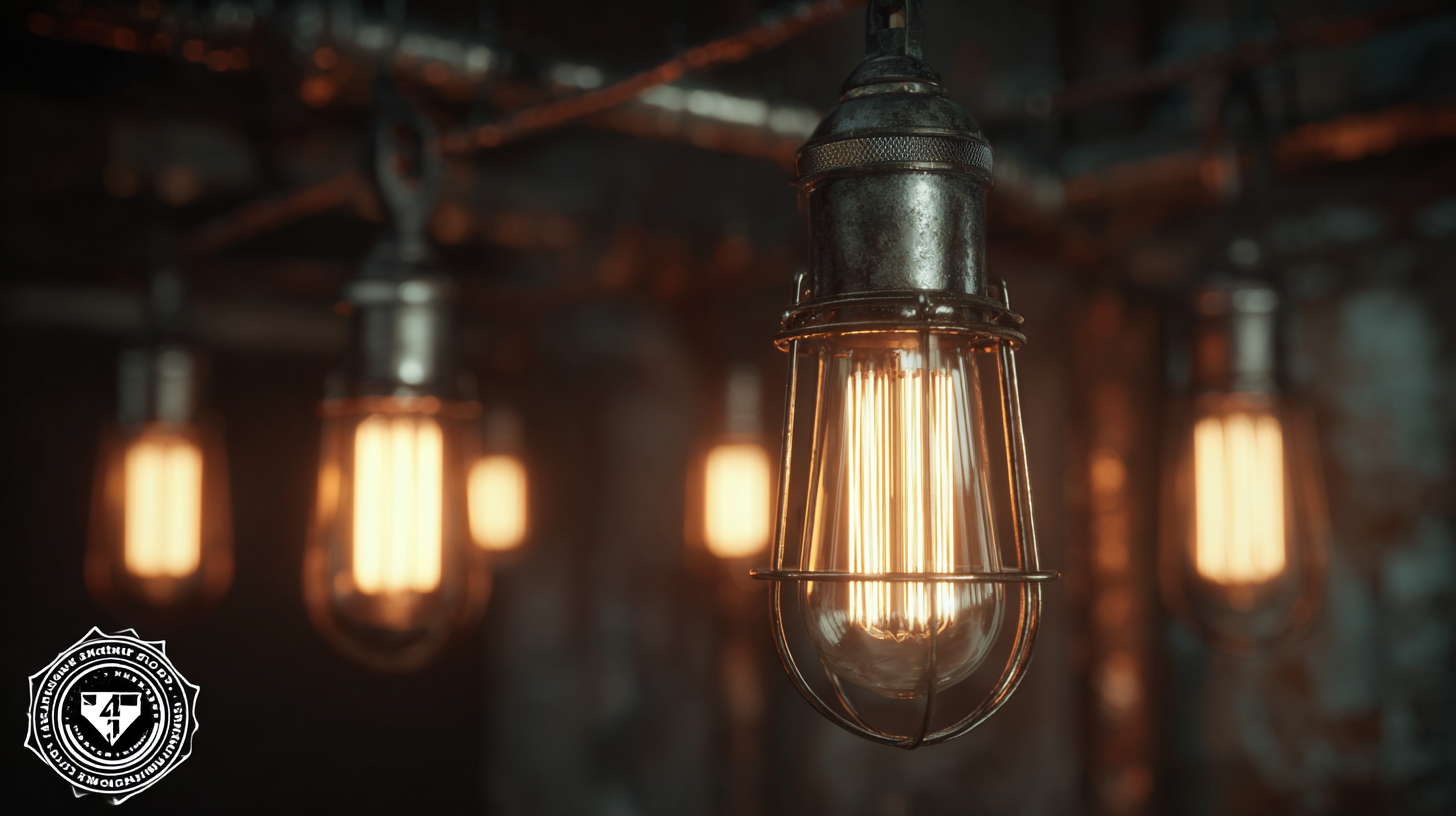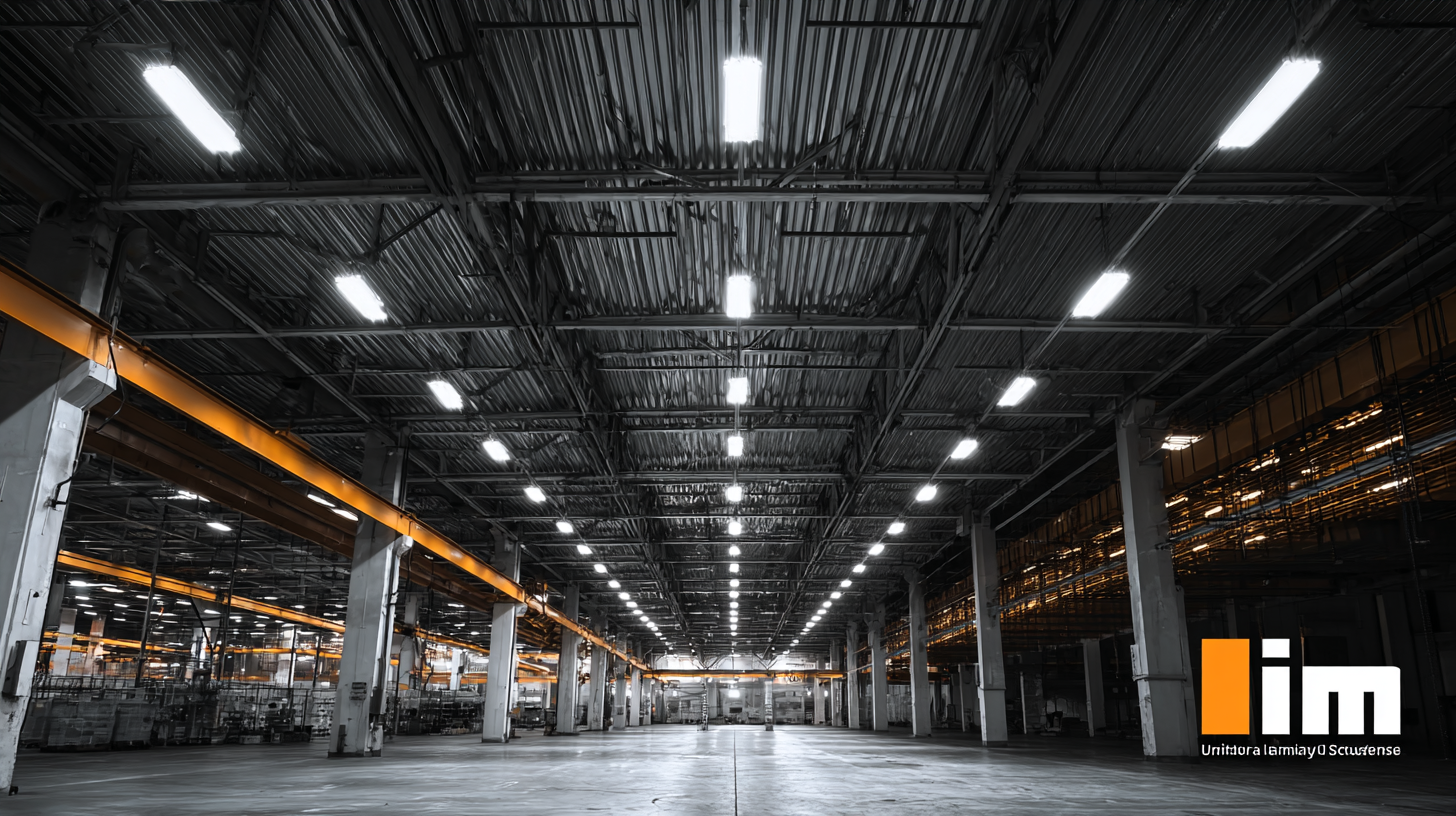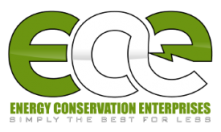Ultimate Guide to Choosing the Best Industrial Lighting Solutions for Your Business
In today's fast-paced industrial environment, the importance of effective lighting solutions cannot be overstated. According to a recent report by the Illuminating Engineering Society, proper industrial lighting can enhance worker productivity by up to 25%, significantly reducing errors and improving safety. As businesses strive to optimize their operations, understanding the nuances of industrial lighting becomes imperative. From energy efficiency to employee well-being, the right lighting choice impacts not just aesthetics but also overall operational costs. With the global industrial lighting market projected to reach $26.9 billion by 2027, businesses must navigate various factors including lumen output, color temperature, and fixture durability. This ultimate guide aims to equip you with the knowledge needed to choose the best industrial lighting solutions that align with your business goals.

Understanding the Importance of Industrial Lighting in Business Operations
 Industrial lighting plays a crucial role in enhancing both productivity and safety in business operations. Proper lighting not only illuminates workspaces but also helps reduce fatigue and the risk of accidents, creating a more efficient environment. In industries such as manufacturing or warehousing, where tasks are often manual and require precision, the right lighting solution can significantly improve workers' accuracy and speed. Poorly lit areas can lead to mistakes, decreased morale, and ultimately, a decline in operational efficiency.
Industrial lighting plays a crucial role in enhancing both productivity and safety in business operations. Proper lighting not only illuminates workspaces but also helps reduce fatigue and the risk of accidents, creating a more efficient environment. In industries such as manufacturing or warehousing, where tasks are often manual and require precision, the right lighting solution can significantly improve workers' accuracy and speed. Poorly lit areas can lead to mistakes, decreased morale, and ultimately, a decline in operational efficiency.
Moreover, understanding the importance of industrial lighting goes beyond mere visibility. It also involves energy efficiency and compliance with workplace safety standards. The selection of the right type of lighting—be it LED, fluorescent, or high-intensity discharge—can contribute to substantial energy savings over time. In addition, efficient lighting systems can facilitate better compliance with health and safety regulations, ensuring a secure working environment. By prioritizing lighting needs, businesses can foster a culture of safety and performance, which is essential for long-term success.
Key Factors to Consider When Selecting Industrial Lighting Solutions
When selecting industrial lighting solutions for your business, it’s crucial to consider several key factors to ensure optimal performance and safety.
First, assess the various types of light sources available, such as fluorescent, LED, and incandescent.
LED lighting, for instance, is gaining popularity due to its energy efficiency, longevity, and low heat emission, making it ideal for industrial settings.
Tip: Always evaluate the lighting needs specific to your facility. Think about the tasks performed in each area, as this influences the type of lighting required.
For instance, high-precision tasks may necessitate brighter, cooler light, while a warehouse may benefit from warmer, diffused lighting.
Additionally, it’s important to examine the emergency lighting market. With increasing emphasis on workplace safety, ensuring compliance with emergency lighting standards can safeguard your employees and assets.
Consider the types of batteries that power your emergency lights, such as lithium and nickel-metal hydride, each offering different benefits in terms of durability and charging times.
Tip: Invest in smart lighting solutions that enable remote management and diagnostics.
This technology allows for timely maintenance and reduces the risk of failures, ensuring your work environment remains well-lit and secure.
Top Types of Industrial Lighting: Pros and Cons Overview
In the realm of industrial lighting, choosing the right type can significantly impact both energy efficiency and productivity. LED shop lights have gained immense popularity, offering a bright, energy-efficient alternative to traditional fluorescent lighting. According to a recent report, modern LED solutions consume up to 75% less energy while providing superior luminosity, making them an ideal choice for workshops and garages. With the added benefits of longer lifespans and reduced maintenance costs, LEDs emerge as a clear favorite for businesses looking to enhance their work environments.
On the other hand, while fluorescent lights have long been a staple in industrial settings for their efficiency and broad availability, they do come with drawbacks. Energy-efficient as they may be, fluorescent fixtures often require replacement more frequently than LEDs, consuming both time and resources. Furthermore, they can flicker and emit a harsher light quality, which might not be conducive to all types of workspaces. As industries navigate these choices, understanding the pros and cons of the main lighting types can drive better long-term decisions, ensuring that the chosen solution not only illuminates but also supports overall operational efficiency.
Industrial Lighting Solutions: Pros and Cons Overview
Cost-Effectiveness of Different Industrial Lighting Options
In the quest for cost-effective industrial lighting solutions, the market is witnessing significant transformations driven by technological advancements. The global smart lighting market, currently valued at USD 27.42 billion in 2025, is projected to experience explosive growth, surpassing USD 165.89 billion by 2034. This rapid expansion, with a CAGR of over 20.1% from 2025 to 2032, indicates a burgeoning demand for lighting systems that not only save energy but also optimize operational costs.
One standout option in the industrial lighting landscape is LED technology, celebrated for its cost effectiveness, longevity, and versatility. Businesses are increasingly retrofitting their facilities with multi-technology systems, enabling them to tap into utility incentive programs. These efforts not only lead to substantial energy savings but also foster a sustainable business model that aligns with modern efficiency standards. As various industrial sectors begin to prioritize smart lighting solutions, the upfront investment is offset by the long-term benefits of reduced energy consumption and lower maintenance costs.
Future Trends in Industrial Lighting Technology for Businesses
As industries continue to evolve, the demand for advanced lighting solutions has mirrored this growth, with a strong emphasis on energy efficiency and technological integration. According to a report by the International Energy Agency (IEA), the global market for energy-efficient lighting is projected to reach $83.6 billion by 2025, underscoring the shift towards sustainable practices in commercial environments. As businesses seek to reduce operational costs and carbon footprints, innovations such as LED lighting and smart systems are becoming increasingly prevalent.

Another notable trend is the integration of Internet of Things (IoT) technology into industrial lighting solutions. A study by MarketsandMarkets indicates that the IoT in the lighting market is expected to grow from $7.6 billion in 2020 to $25.5 billion by 2025. This growth is driven by the ability of smart lighting systems to provide real-time data analysis, enabling businesses to optimize energy usage and enhance workplace safety. By adopting cutting-edge lighting technologies, organizations can not only improve efficiency and reduce costs but also position themselves at the forefront of sustainability in their respective industries.
